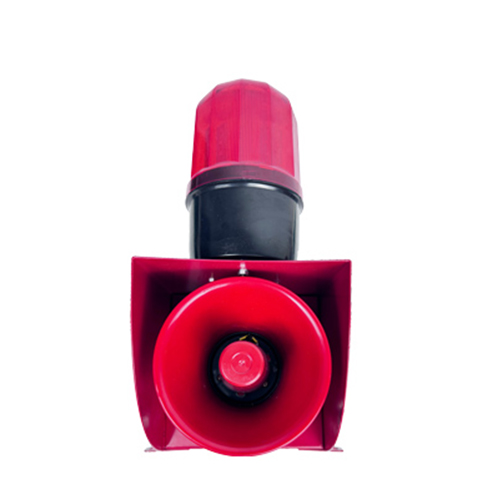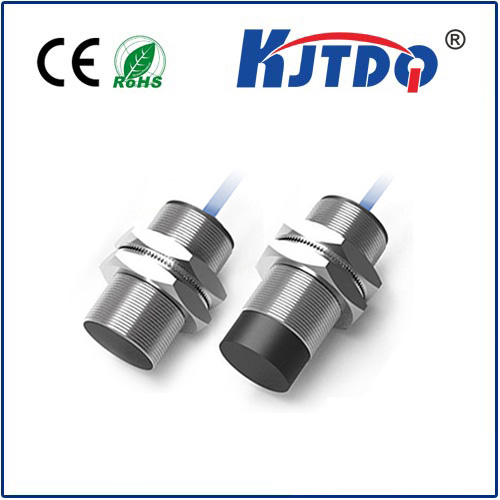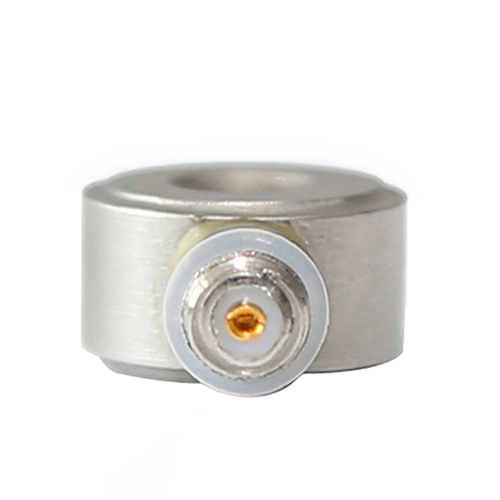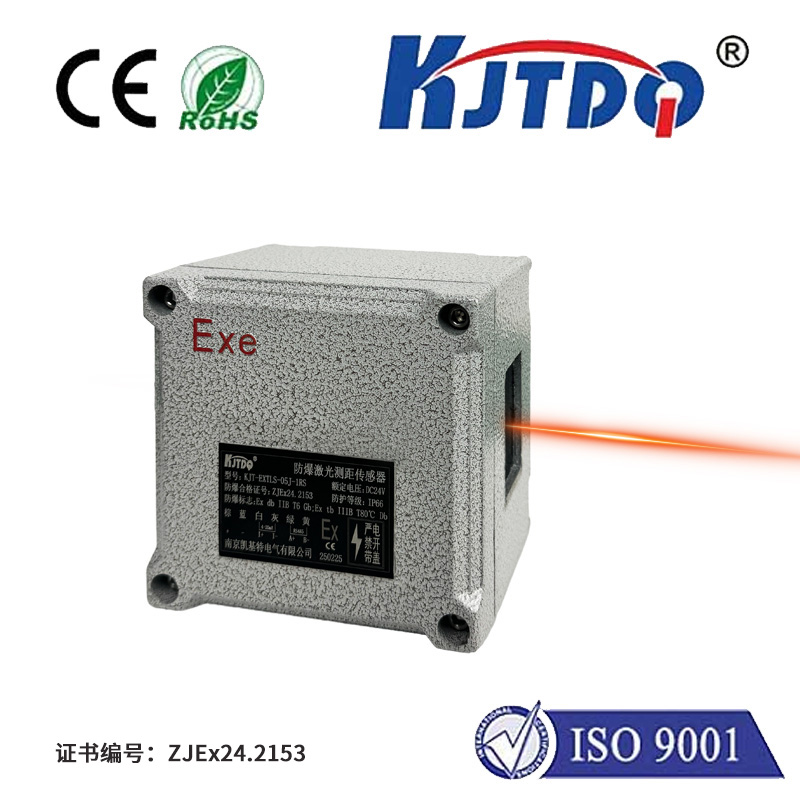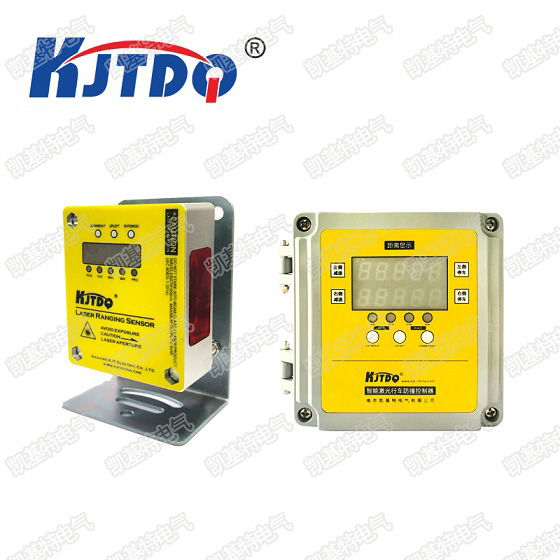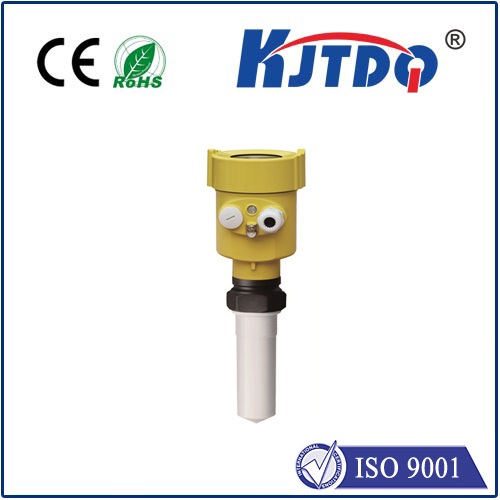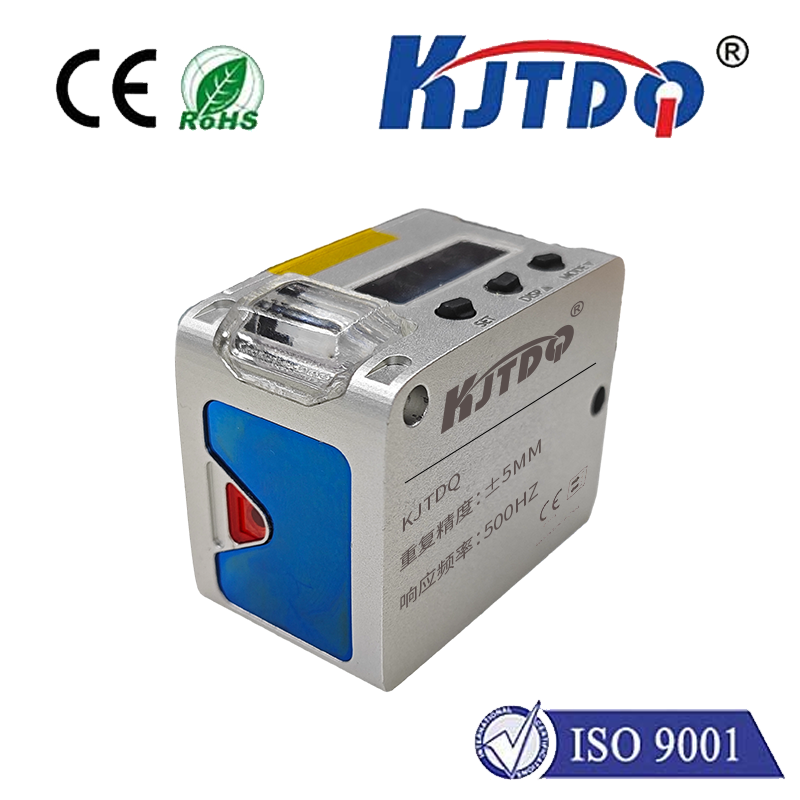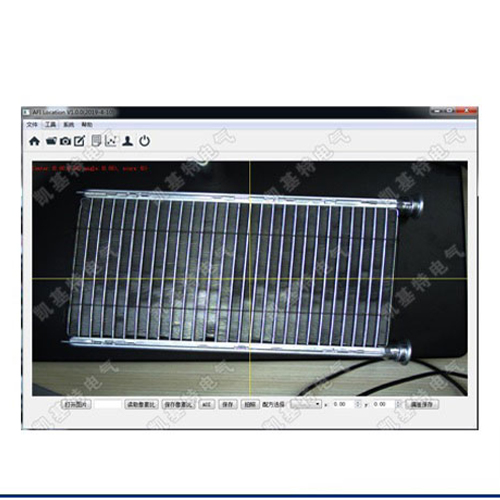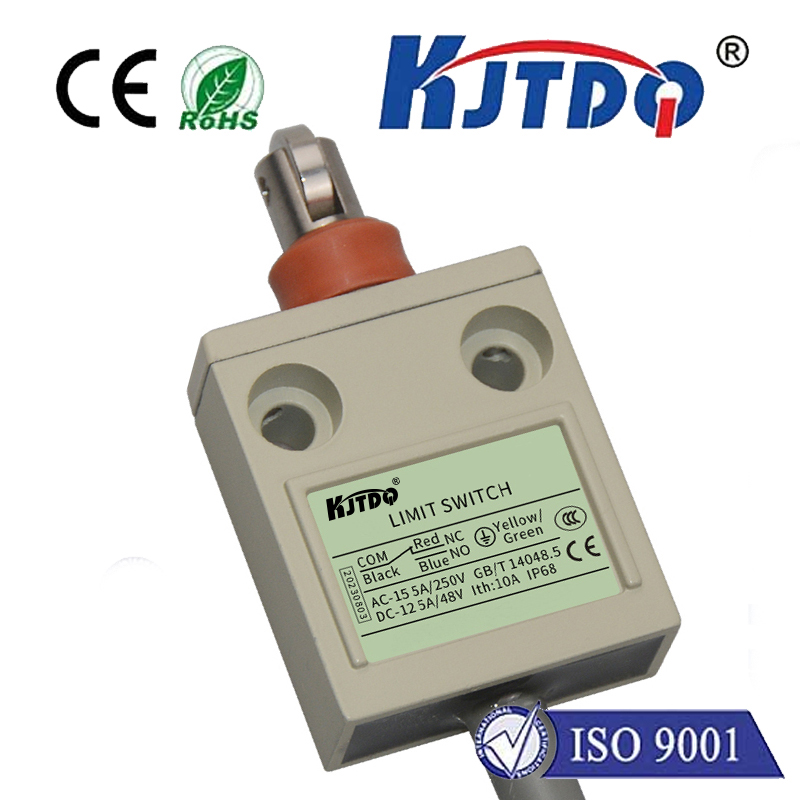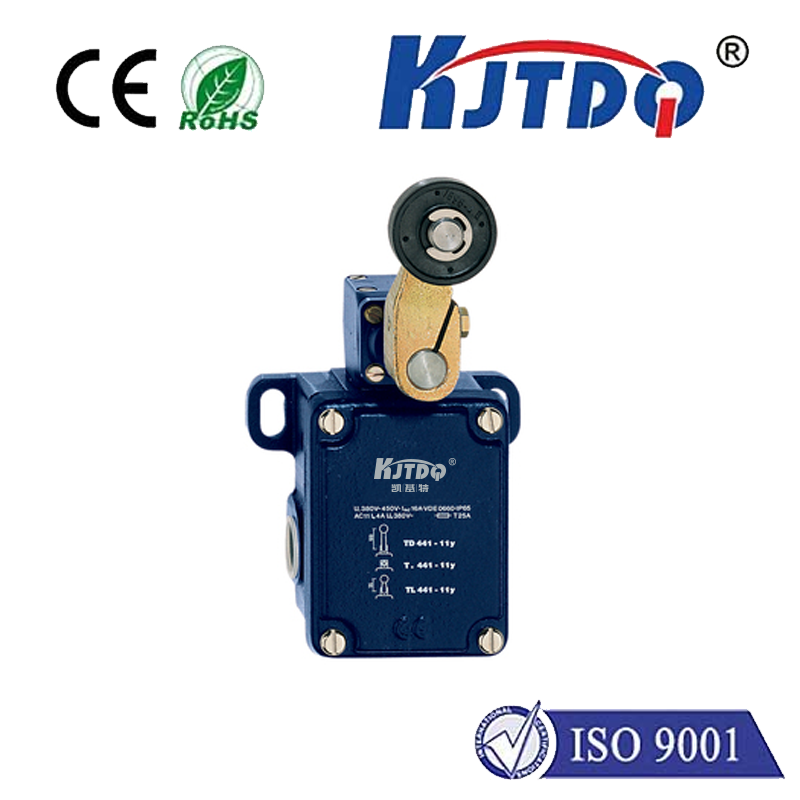

check

check

check

check

check

check

check

check

check

check
Imagine walking into a dark room, and the lights flicker on instantly—all thanks to a tiny, unassuming device that senses your every move. Optical motion sensors are the unsung heroes behind countless everyday conveniences, from smart homes to advanced robotics, transforming how we interact with technology. These innovative devices detect movement through light-based mechanisms, offering unparalleled precision and reliability without intrusive hardware. As we delve into their workings, you’ll discover how optical motion sensors are quietly reshaping industries and simplifying our lives.
At its core, an optical motion sensor uses light waves to monitor changes in an environment, identifying motion by analyzing reflections or disruptions in infrared or visible light. For instance, when you pass by a security camera, the sensor captures shifts in light patterns, converting them into electronic signals that trigger actions like alarms or lights. This process relies on components like photodiodes and LEDs, which emit and receive light waves. Unlike traditional mechanical sensors, optical versions operate contactlessly, reducing wear and tear and enhancing durability. This non-invasive approach makes them ideal for applications where minimal interference is crucial, such as in medical devices or delicate manufacturing setups.

The technology behind optical motion sensors has evolved significantly, with key types including passive infrared (PIR) sensors and image-based systems. PIR sensors detect heat signatures from moving objects, like humans or animals, by sensing infrared radiation—making them staples in home security systems. Meanwhile, more advanced variants, such as those in gaming consoles like Microsoft Kinect, use cameras and lasers to map movement in 3D space, enabling gesture controls. Recent innovations incorporate machine learning algorithms to improve accuracy, allowing sensors to distinguish between complex motions, such as a person walking versus a pet scurrying by. Such adaptability ensures fewer false alarms and broader utility in diverse settings.
Applications of optical motion sensors span multiple sectors, driving efficiency and safety. In home automation, they enable smart lighting and climate control, automatically adjusting settings based on occupancy to save energy. For security systems, these sensors act as first-line defenses, detecting intruders and sending real-time alerts to smartphones. Industrial uses are equally impressive: on factory floors, sensors monitor machinery movements to prevent accidents, while in healthcare, they track patient mobility for rehabilitation without physical contact. Consumer electronics also benefit immensely—virtual reality headsets rely on optical sensors for immersive experiences, and smartphones use them for facial recognition. This versatility stems from their low power consumption and compact size, allowing seamless integration into everyday devices.
The advantages of optical motion sensors extend beyond convenience to fundamental improvements in performance. They offer high sensitivity and accuracy, capable of detecting minute movements at distances of up to 20 meters, far exceeding older ultrasonic or radar-based alternatives. Energy efficiency is another standout benefit; since they only activate when motion is detected, battery life in devices like wireless sensors can extend for years. Additionally, cost-effectiveness makes them accessible for mass adoption—simple optical sensors are inexpensive to produce, while sophisticated versions leverage economies of scale. Despite challenges like susceptibility to environmental factors such as dust or bright light, ongoing research in nanotechnology is enhancing resilience, promising sensors that perform flawlessly in any condition.
Future trends point toward smarter, interconnected systems where optical motion sensors play a central role in the Internet of Things (IoT). Innovations include integrating sensors with AI to predict behaviors, such as adjusting room temperatures based on habitual movements, or developing eco-friendly versions using sustainable materials. As industries push for automation, these sensors will enable safer autonomous vehicles by detecting obstacles with pixel-perfect precision. Ultimately, the evolution of optical motion sensor technology promises a world where intuitive, responsive environments become the norm, empowering smarter living and working spaces across the globe.
